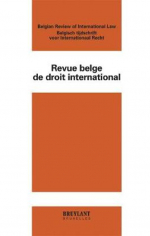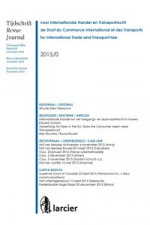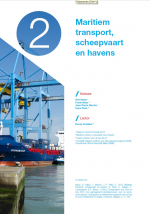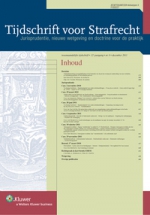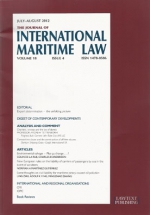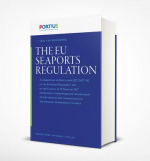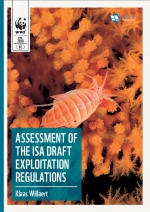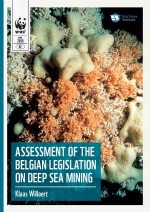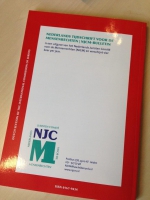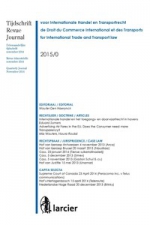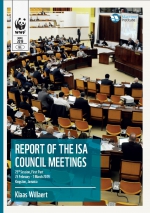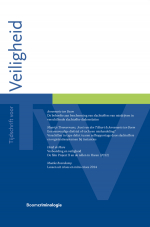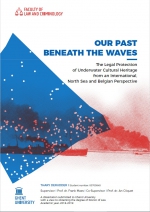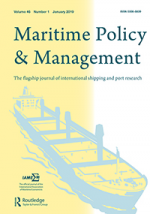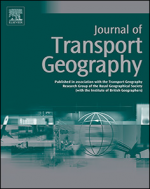De inzet van privaat gewapend maritiem beveiligingspersoneel of Privately Contracted Armed Security Personnel (PCASP) aan boord van Belgische en Nederlandse koopvaardijschepen: Een rechtsvergelijkende analyse van de wetgeving van Europese vlaggenstaten
Tijdschrift voor Veiligheid 2019(18) 1, 35-54.
Until recently, Dutch merchant ships could not rely on privately contracted maritime security staff to protect themselves against pirates. On the one hand, the argument prevailed that the State had to retain the monopoly on the use of force and, on the other hand, one also feared for the escalation of violence or international incidents. Nowadays, however, more and more European countries allow for the use of privately contracted armed security personnel on board merchant ships. As a result, the Dutch Parliament has adopted a bill containing rules for the use of armed private security guards on board Dutch maritime merchant ships (Law to Protect Merchant Shipping 2019 (published in the Dutch official Gazette on June 7th, 2019)).
The author addresses the question whether because of the new law a level playing field will emerge with the Merchant Navies from the neighboring Flag States of Belgium, the United Kingdom, Spain and Denmark, presenting a comparative analysis of their domestic legislation.
The Dutch law clearly regulates the use of force and the master has the final responsibility for everything that happens under his authority. In principle, the security guards may only apply violence as the master has determined that it is necessary. Innovative is that there is a reporting obligation whereby every incident should be reported with images and sound recordings. It seems, however, that the law is especially made to protect and secure and not necessarily to provide a solution for situations in which pirates come on board.
It is clear that the intention of the legislator is to leave the monopoly on the use of force in the hands of the State. However, the adoption of this law to protect merchant shipping could constitute a first step in enabling the use of force by other actors than the State, which in itself is groundbreaking. Before being able to go on this road, there are still countless political (mainly related to the sovereignty of a State) and legal challenges (mainly concerning the use of force and respect for human rights) to be addressed.
Keywords
Maritime piracy ; private maritime security company ; PMSC ; vessel protection detachment ; privately contracted armed security personnel ; VPD ; PCASP



